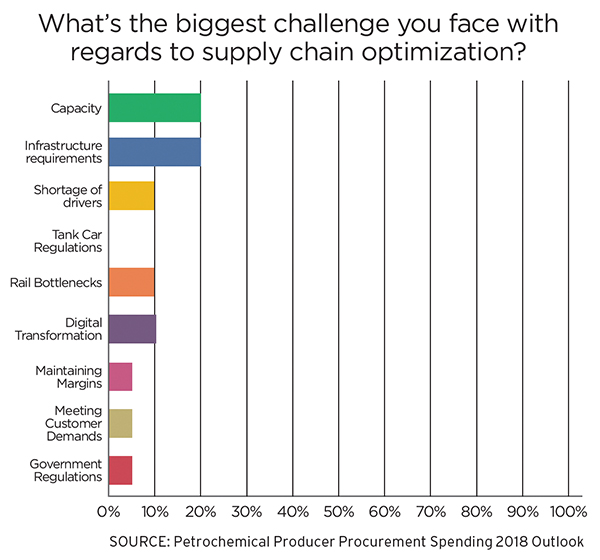News & Trends Impacting the Oil & Gas Supply Chain

Automation Takes Center Stage
Once considered to be merely on the horizon of the oil and gas industry, highly sophisticated technology is now front and center. Key advantages include:
- Monitoring capabilities. With automation, oil and gas companies can keep track of their pipes and networks with unprecedented oversight.
- Reduced operating costs. Effective use of digital technologies could reduce capital expenditures by up to 20 percent, says McKinsey & Company.
- Predictive maintenance. Advanced analytics can now be implemented to detect equipment issues preemptively. By taking these proactive measures, companies can cut maintenance costs by 13 percent.
- Safety. With automation, workers no longer have to go out into the field to make risky repairs. They can use augmented reality or operate drones to make needed repairs.
- Marketing and distribution efficiency. Advanced analytics provide a better picture ofconsumer habits and desires, while allowing for optimized pricing models and more efficient supply chain management.
—Conor McGlade, Thomas Insights
Pumping Up Digital Supply Chains
Oil and gas currently lags many industries in leveraging digital technology to support more innovative supply chain models. The Oil & Gas Technology Centre identifies four critical supply chain challenges that require technology investment:
1. Supply chain visibility. Operations and supply chain teams have difficulty understanding the location and quantity of available stock in the supply chain.
2. Data exchange—standardization and collaboration. In the UK, there is currently no standardization of requirements for collecting, maintaining, and distributing data. The inability to share this information across the supply chain dramatically impacts efficiency.
3. Integrated planning. For many operators, the material requirements and lead times associated with a planned activity are poorly maintained, so the supply chain has little ability to effectively plan material movements.
4. Vessel sharing. Vessel time utilization across the industry is low and space utilization is even lower. Collaboration is required to drive further savings.
Addressing Capacity Concerns
New U.S. chemical and plastics projects are expected to increase petrochemical capacity by more than 55 million tons of new chemical output each year, estimates the American Chemistry Council (ACC). Petrochemicals are obtained from petroleum and natural gas.
This new capacity will result in an additional 1.8 million annual shipments by 2020 across all transportation modes, adding 270,000 railcars, 723,000 full truckloads, and 808,000 marine TEUs each year, according to the Petrochemical Producer Procurement Spending 2018 Outlook.
These major capacity additions stand to play a key role in supply chain decisions and investments, notes the report. While the growth is a boom for the petrochemical industry, it highlights the need to address key transportation, storage, infrastructure, and global trade issues that will impact the supply chain and create substantial need for investment in this sector.
Addressing these challenges and an impending driver shortage are key to a successful U.S. supply chain, according to the report, and will require the cooperation of owners, government, shippers, and others to ensure success of the U.S. chemicals renaissance.
